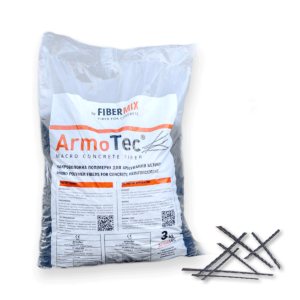For more than 20 years, high-performance polypropylene fiber-reinforced concrete structures have been produced. With great success.
In 2019, we made this excellent invention available to residential users as well, so that everyone could produce fiber-reinforced concrete at home.
During this time, several hundred of our customers successfully used the macro fibers for various home concreting jobs
Up to now, we haven’t received a single complaint, but rather numerous positive feedbacks.
The negative remarks and comments consistently come from those who haven’t yet used fiber-reinforced concrete.
I felt it was time to dispel some myths about fiber-reinforced concrete.
1. Mith: Structural macro fibers do not increase the load-bearing capacity of concrete
A multitude of scientific research studies prove that fiber-reinforced concrete is stronger, more resilient, and has greater load-bearing capacity. For example, a study by the Department of Strength of Materials and Structures at the Budapest University of Technology and Economics titled ‘The Great Break.
An ArmoTec fiber-reinforced concrete floor was constructed, for example, at the Palfinger site where crane trucks are parked. When these vehicles are set in place, there can be up to 5 tons of pressure on an area of approximately 1 dm² of the floor beneath the pads.

At the outdoor terminal of Dhollandia, trucks with lifting tailgates operate. The area’s concrete surface is made of ArmoTec fiber-reinforced concrete, without any reinforcement.
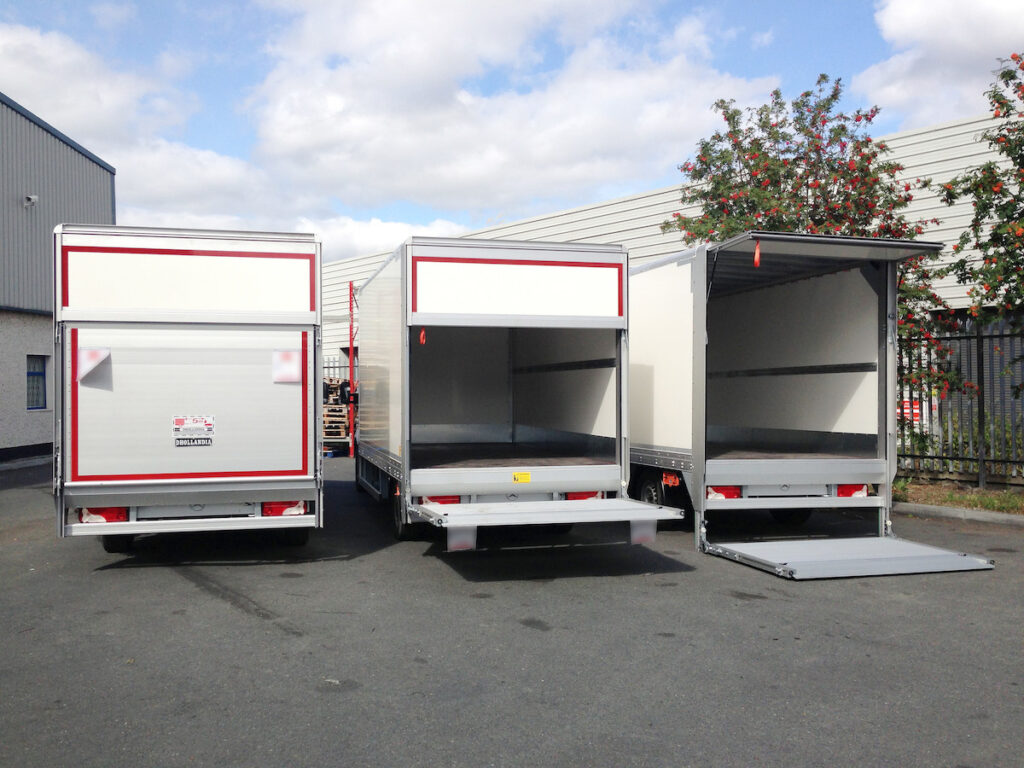
Need more evidence than this?
2. Mith: Steel fibers or steel mesh are better?
The steel mesh cannot be statically sized. The disadvantages of steel fibers compared to synthetic fibers are:
-Prone to corrosion
-Damage the mixing equipment and inner parts of the pump
-Unsuitable for exposed concrete finishes
-Much heavier
-Production involves more than three times the carbon dioxide emissions, not to mention the transportation
-Above a dosage of 20 kg/m3, they tend to clump together
None of these characteristics apply to polypropylene fibers.
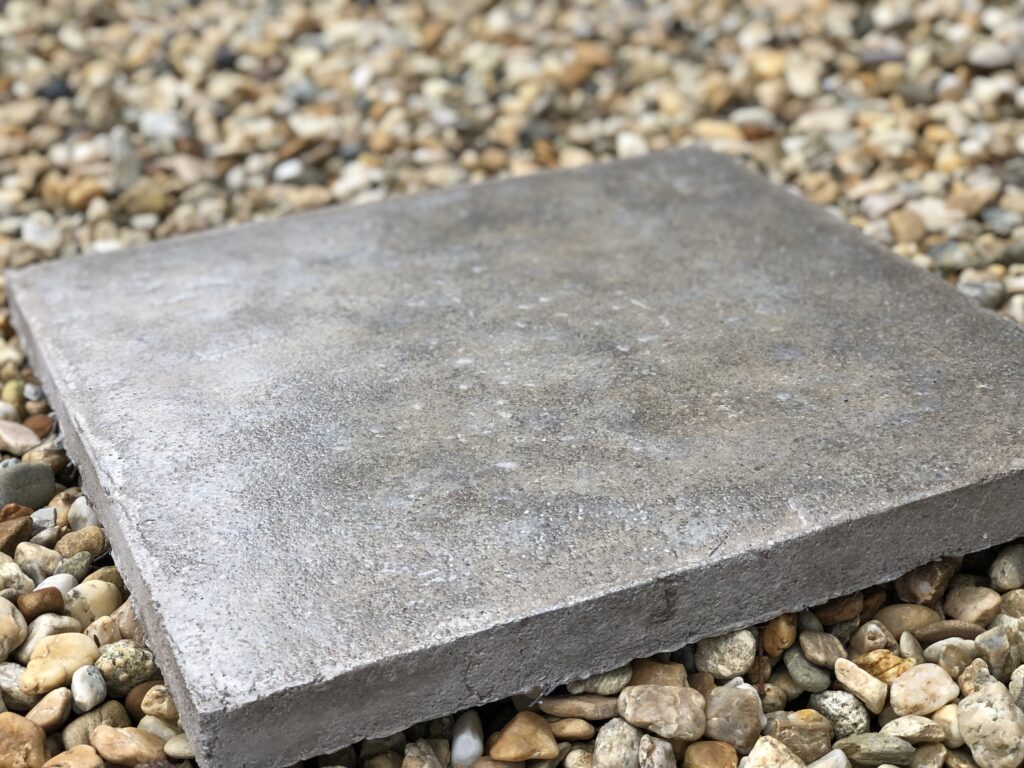
3. Mith: Every fiber is the same
-There is steel wire,
-steel fiber,
-glass fiber,
-fibrillated fiber, and
-macro fiber.
I’m not writing about steel wire and steel fiber because they have so many disadvantages compared to synthetic fibers that they cannot compete with them.
Glass fibers and fibrillated fibers are thin and suitable only for reducing cracks.
Macro fibers are fibers thicker than 0.3 mm, which can be statically sized. These are used to create real fiber-reinforced concretes.
The use of fibers in concrete is regulated by the European Standard EN 14889-2:2006, ‘Fibres for concrete – Part 2: Polymer fibres.
The standard categorizes synthetic fibers into two classes: micro and macro fibers. Within the micro fibers, there are mono and fibrillated fibers.
The standard explicitly states that only macro fibers can be statically sized.
4. Mith: Macro fibers cannot substitute for steel reinforcement in concrete
One of the best rebuttals to this is the precast grandstand elements at Debrecen’s Nagyerdei Stadium. The shear reinforcement was entirely replaced by Barchip, a brand of structural macro fibers, leaving only tensioning straps.
Another example is the $11 billion East Side Access metro project in New York, where 100% macro fiber-reinforced (steel-free) concrete was used in the construction of a 13-mile-long metro tunnel. This resulted in nearly a 50% cost saving compared to the traditional steel system.
Nevertheless, the technology has not reached a point where we can entirely replace structural steel elements without calculations and tests, but it’s continuously evolving. Increasingly, structural applications can compute the appropriate dosage of fibers based on load data and demonstrate the recommended fiber reinforcement
We recommend the replacement of steel mesh without static calculations for the following works:
-Sidewalks
-Floor slabs
-Ground-level stairs
-Car parking areas
-Pergolas
-Utility pits
So that these surfaces do not have such features:
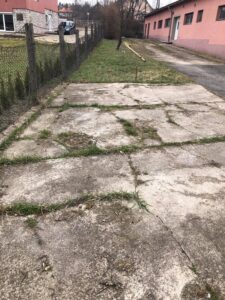
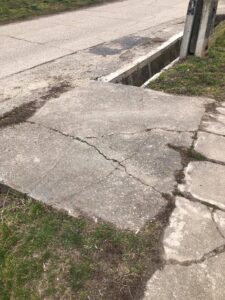
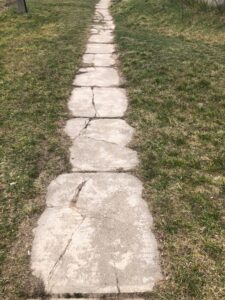

5. Mith: Concrete made with macro fibers cannot be properly smoothed
Macro fibers can be easily incorporated into the surface when the concrete is still fresh. They only protrude if the contractors do sloppy work or are in a rush.
However, all is not lost in such cases: the protruding fibers can be easily removed using a simple gas torch after the concrete has set.
Here’s a concrete being smoothed with a “helicopter”
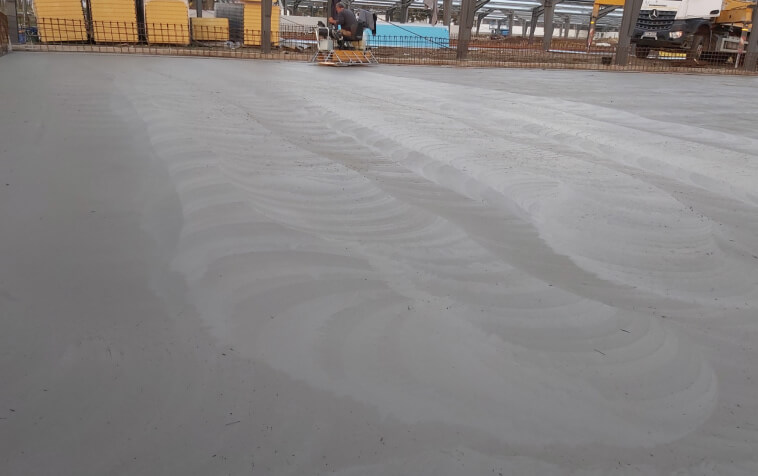
This is a user feedback regarding this:
‘We applied a thicker layer onto an existing terrace. I was concerned about smoothing, but it wasn’t necessary. The end result turned out very nice. 🙂 Using macro fibers was very straightforward.
Special thanks for the prompt delivery.
Lelong Szilvia
And another one:
I received the macro fibers on time. They were used yesterday and today.
The bricklayer was initially surprised because he worked with smaller fibers and was concerned that it might not be easy to work and smooth out. Fortunately, this didn’t happen; the concrete surface could be finished nicely without the fibers protruding.
Thank you for the professional service; the feedback and the delivery were truly efficient and punctual.”
Best regards,
Somkutas József
Finally, my favorite excuse, when all arguments have run out:
“Steel is steel.”
If you want to concrete faster and easier while achieving a significantly more durable result, visit our website and place your order in less than two minutes.


